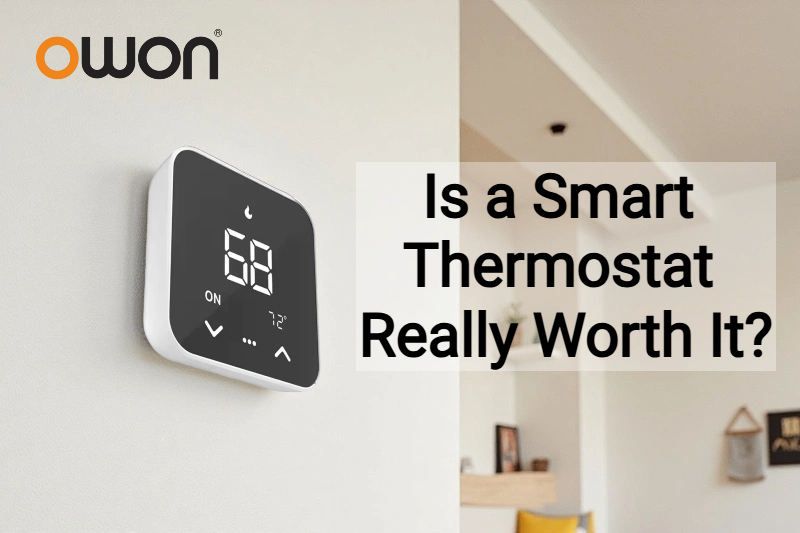You’ve seen the buzz, the sleek designs, and the promises of slashed energy bills. But beyond the hype, does upgrading to a smart home thermosta genuinely pay off? Let’s dig into the facts.
The Energy-Saving Powerhouse
At its core, a smart home thermostat isn’t just a gadget—it’s an energy manager for your home. Unlike traditional thermostats, it learns your routines, senses when you’re away, and automatically adjusts temperatures. According to the U.S. EPA, using an ENERGY STAR-certified smart thermostat can save homeowners over 8% on heating and cooling costs—roughly $50 a year. If every U.S. household used one, it could offset a staggering 13 billion pounds of greenhouse gases annually.
Take real-world performance: Some models demonstrate savings of 10–12% on heating bills and up to 15% on cooling costs. How? By eliminating energy waste—like reducing HVAC runtime while you sleep or are away—without sacrificing comfort. A programmable smart thermostat can cut AC energy use by 3–5% simply by raising temperatures slightly during empty hours.
Beyond Savings: Convenience and Control
Imagine adjusting your home’s temperature from your phone while traveling. Or receiving alerts before HVAC issues escalate into costly repairs. Modern wifi smart thermostat units offer:
- Remote control via apps, voice assistants (like Alexa or Google Assistant), or geofencing (which triggers heating/cooling as you near home).
- Weather adaptation, syncing with local forecasts to prep your home for heatwaves or cold snaps.
- Maintenance intelligence, like filter-change reminders or system health alerts.
For homes with complex HVAC smart thermostat setups—like multi-zone heating or heat pumps—compatibility has improved drastically. Most brands now offer online tools to check wiring/equipment fits, and professional installation remains an option.
Smart vs. "Dumb": Why Upgrading Makes Sense
Traditional programmable smart thermostat units require manual programming—something ~40% of users never set up properly, nullifying potential savings. Smart models automate this, learning patterns within days and refining efficiency over time.
> The real value? Effortless optimization. You save money without micromanaging settings
The Verdict
Yes—smart heating controls deliver tangible returns. Payback periods often fall under two years, thanks to utility rebates (up to $150 in some regions) and ongoing energy savings. For eco-conscious households, the reduced carbon footprint is equally compelling.
As homes get smarter, these devices evolve beyond luxury items into essential tools for efficiency and comfort. Whether renovating or retrofitting, a wifi smart thermostat is a low-effort, high-reward upgrade.
Ready to take control? Explore how intelligent temperature management can transform your home’s energy use—and your monthly bills.
Smart savings start with a single adjustment. ❄
Post time: Aug-12-2025
